Featured Photo Above:
Addie Joos Benefit Game, July 24, 1911
(Color Restoration by Chris Whitehouse of They Played in Color website)
Baseball History Comes Alive Now Ranked As a Top Five Website by Feedspot Among All Baseball History Websites and Blogs!
(Check out Feedspot's list of the Top 35 Baseball History websites and blogs)

Guest Submissions from Our Readers Always Welcome! Click for details
Subscribe to Baseball History Comes Alive for automatic updates (sign-up block found in right side-bar)
As a Free Bonus for subscribing, you’ll get instant access to my two Special Reports: Memorable World Series Moments and Gary’s Handy Dandy World Series Reference Guide!
“Sad” Sam Jones Photo Gallery
Click on any image below to see photos in full size and to start Photo Gallery:
Ballplayers and Their Children, Part Two:
“Sad” Sam Jones
“The sportswriters thought I looked downcast. But would always wear my cap down real low over my eyes. And they were more used to fellows like Waite Hoyt, who’d always wear their caps way up so they wouldn’t miss any pretty girls.” – “Sad” Sam Jones, speaking about how he acquired his famous nickname.
For generations, the game of baseball has always been a great source of bonding experiences for fathers and sons. It’s even more special if your father happened to be a famous major league star, as we see from the expressions on the faces of the two boys above.
This photo depicts “Sad” Sam Jones and his two sons, George and Paul, from Sam’s years with the White Sox, 1932-1935. It’s from the George Brace collection. Along with the Charles Conlon collection, the Brace collection is one of the most valuable from the first half of the twentieth century. The photo has always been one of my favorites, and it’s a nice second edition to my series: Ballplayers and their Children. I hope to add a few more in the near future.
Samuel Pond “Sad Sam” Jones was born on July 6, 1892 in the small town of Woodsfield, Ohio. He’s often confused with another “Sad Sam” Jones, who was better known as “Toothpick” Sam. This Sam Jones was a former Negro League pitcher, also from Ohio, who played in the majors from 1951-1964.
I’m happy to report that I was recently contacted by Mathew S. Taylor, the great-grandson of the former major league star, Sad Sam Jones. In discussing the above photo, Mathew told me he felt that “it really conveys how much fun the boys were having that day, as Paul attempts to maintain the stoic pose which his father Sam was so renowned for.” Paul, who was Mathew’s grandfather, passed away in 2006; George passed away in 2008.
Mathew is understandably very proud of his great-granddad and gladly shared with me some interesting information. As you read on, you’ll discover that there was a lot more to Sad Sam Jones than just baseball.
In a career that began in the Dead Ball Era and spanned 22 consecutive years (1914-1935), Sam Jones played for six different teams: Indians, Red Sox, Yankees, Browns, Senators, and White Sox. After starting his career with the Indians, he was part of the memorable 1916 deal that sent Tris Speaker to Cleveland and Sam to Boston. His 22 consecutive seasons pitching in one league is a major league record shared with Herb Pennock, Early Wynn, Red Ruffing and Steve Carlton. When Jones retired in 1935 at age 42, he was the oldest active player in the game.
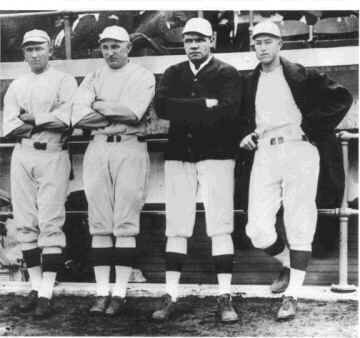
Due to his sharp, breaking curveball, Sad Sam was also known as “Horsewhips Sam.” He was one of the most dominant and durable pitchers of his era, compiling a 229-217 record, with a 3.84 ERA, and 1223 strikeouts over 3883 innings. He appeared in 647 games, 487 as a starter, with 250 complete games and 36 shutouts. He was a member of four pennant winners and three World Series championships. In six World Series games, he went 0-2 with a 2.05 ERA.
His most productive season came in 1921, with career-highs in wins (23), strikeouts (98), innings (298.2), and leading the league in shutouts (5). In 1923, as the ace of the Yankees’ staff, he posted a 21–8 record with a 3.63 ERA and led the Yankees to their first World Series title. Jones also threw a no-hitter that year against the Athletics, with no strikeouts, the first no-hitter in Yankee Stadium. There have only been two other no-hitters without strikeouts, by Earl Hamilton and Ken Holtzman.
A case can be made that Sam Jones belongs in the Hall of Fame. His 229 wins currently rank 66 all-time, and ahead of many Hall-of-Famers. The Baseball Reference Similarity Scores feature ranks his career favorably with Hall-of-Famers Red Faber, Ted Lyons, Waite Hoyt, and Burleigh Grimes.
Mathew shared some interesting information, including how he acquired his famous nickname, which differed significantly from the version above:
“Part of the reason he got the moniker “Sad” Sam was his stoic stare downs. He would say there are only so many pitches in his old arm and that he didn’t see much use in wasting them throwing over to first. So, he perfected a technique of ‘staring down’ the man on first. He was all business when he took the mound and was reflected in his demeanor, in contrast to his generally jovial personality and dry wit humor when not on the field.”
Mathew noted that Sam possessed an unusual avocation for a ballplayer: He was a writer, with his baseball-themed poem/essay, “Life is Baseball” published several times (see essay below). In addition, Sam was an amateur photographer and would take his 8mm camera almost everywhere he went: “Many of his films have not survived but we have a few that features some pregame warm-ups, hunting trips, and riding horses with his good friend Lou Gehrig.”
Mathew also recalled that Sam was a lover of all sports, not just baseball:
“He was known for saying he loved basketball the most and if the NBA was in existence back in his heyday he would have likely pursued a career on the hardwood. He actually did play semipro basketball in 1913-’14, before signing with the Indians in 1915. He was a proud citizen of Woodsfield, a small town in Ohio where he resided until his death on a small horse farm despite being a star player in both Boston and New York. He was committed to his community and coached many youth teams over the years in Woodsfield.”
Here’s the short essay/poem written by Sam Jones. While it might not have won any literary awards, I think the final stanza has some real meaning for all of us baseball fans!:
BASEBALL IS BUT A GAME OF LIFE, by Sam Jones
First base of Egotism, Second base of overconfidence, third base of indifference, Home plate of honest achievement.
A good many men lose by reason of pop-flies; the short-stop of public opinion frequently nips short the career of a man who fails to connect with the ball of life with a good sound wallop.
A good many batters lose by fouls, because all men every where have not learned that a good clean hit is always best.
The winner is the man who knocks the horse-hide of opportunity loose with the bat of honest effort.
When you have batted for the last, made the rounds of the bases and successfully negotiated home-plate, may we hope to hear the Umpire of LIFE, which after all, is the esteem of friends and acquaintances, call to you that you’re safe.
Thanks to Mathew S. Taylor for sharing some interesting information about his great-granddad, “Sad” Sam Jones, who we now know was much more than just a ballplayer! Sam passed away in 1966, aged 73, in Barnsville, Ohio.
Gary Livacari
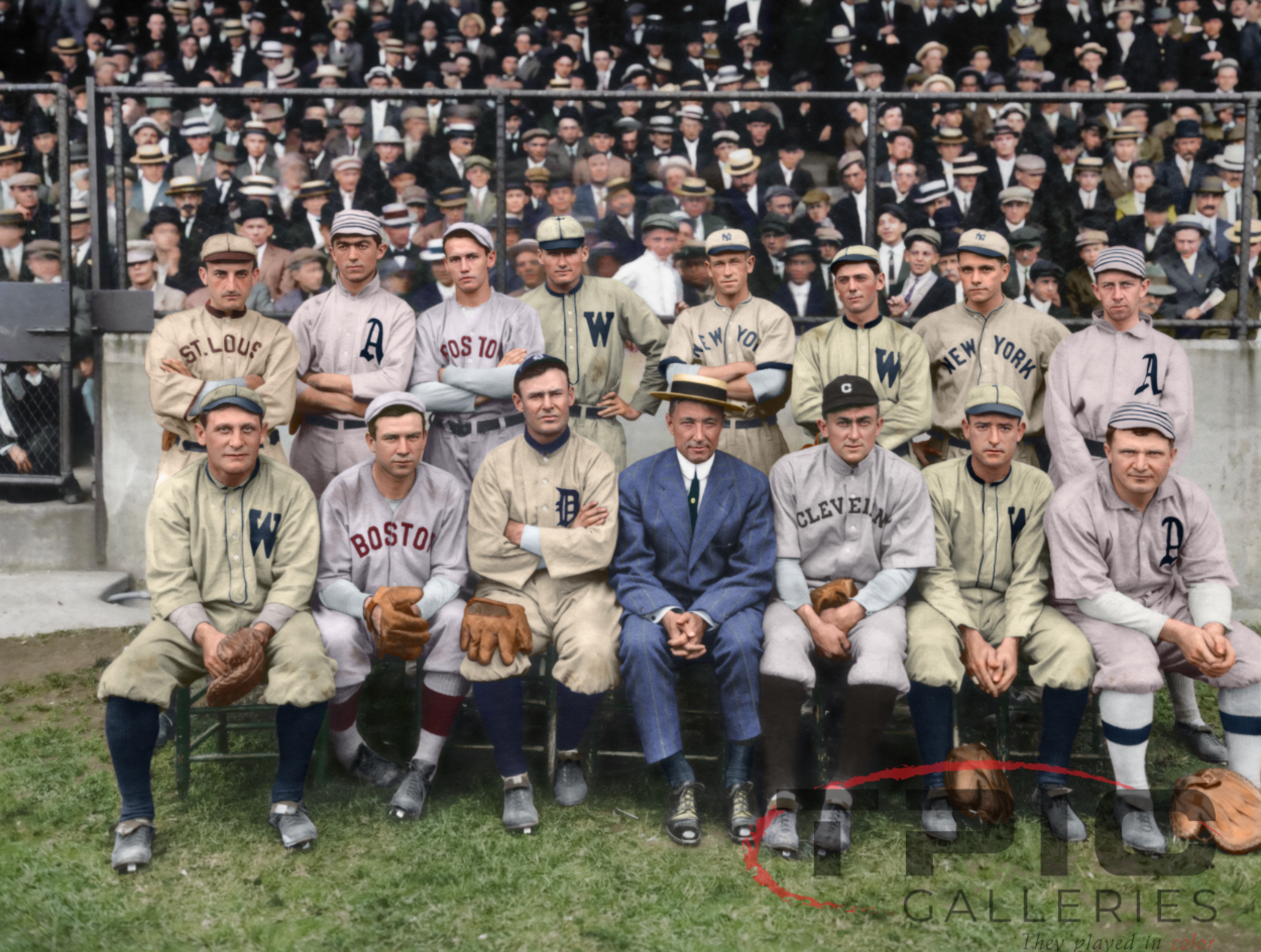
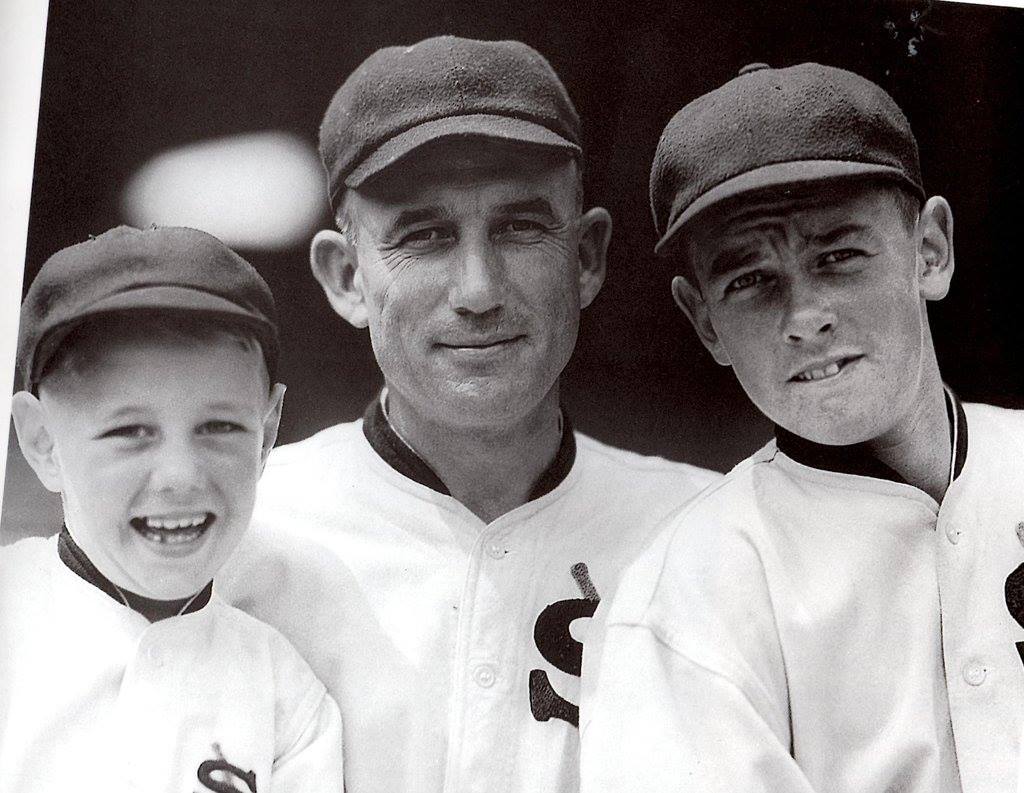
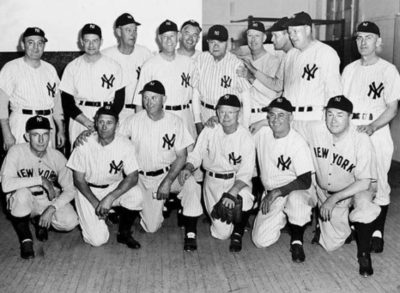
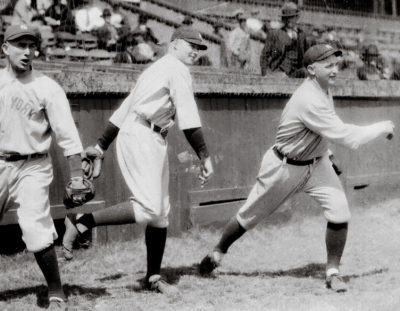
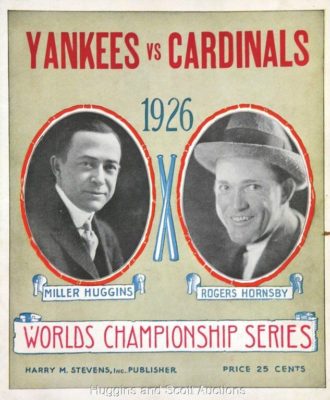
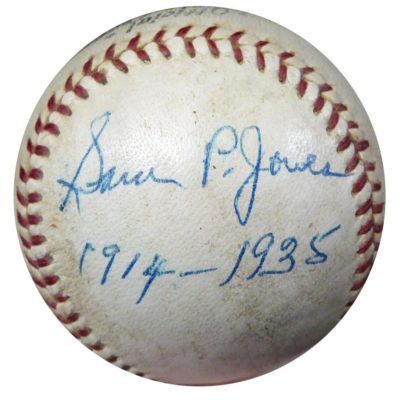
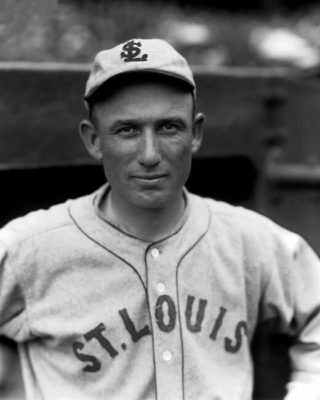
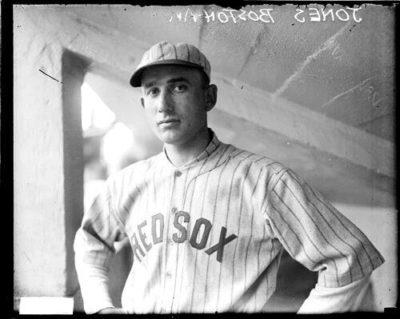
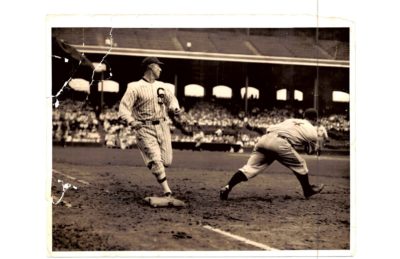
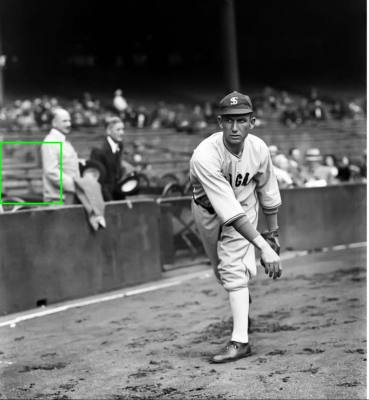
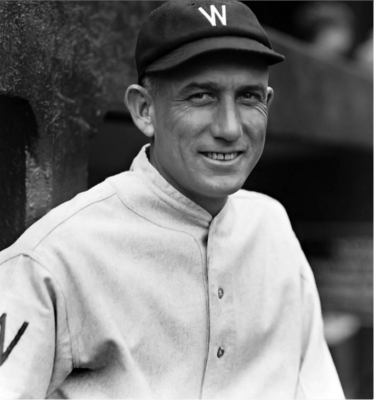
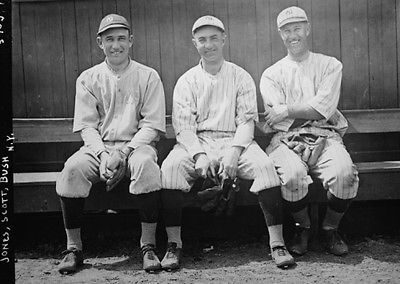
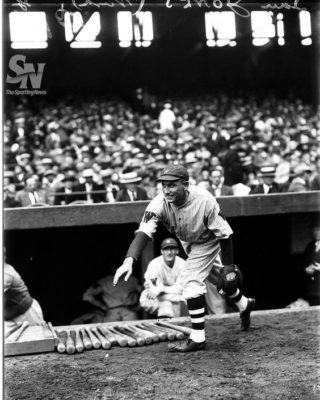
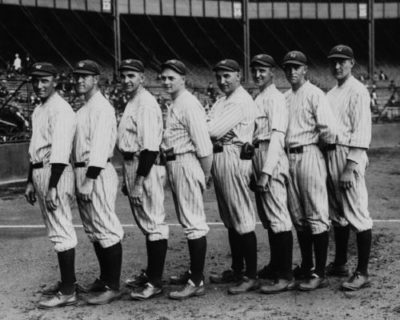
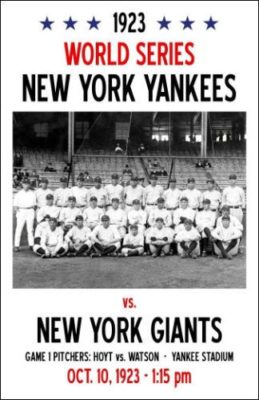
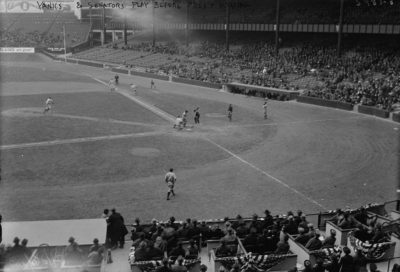
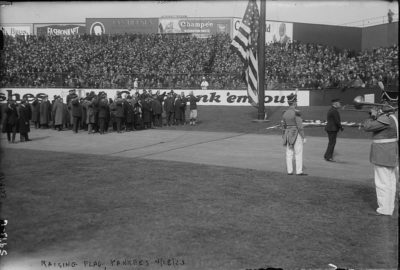
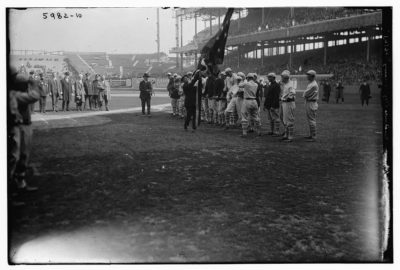
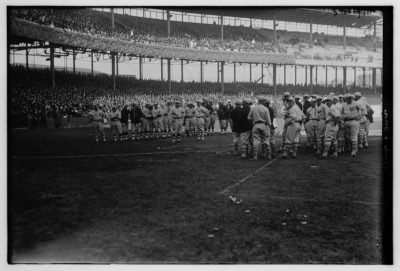
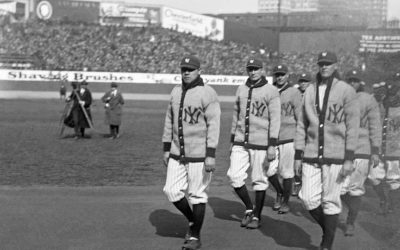
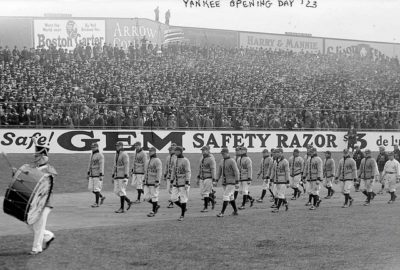
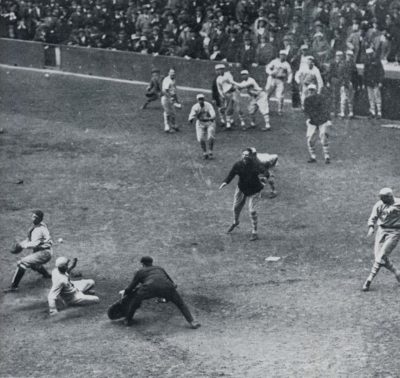

Have you ever done a story of the ‘other’ Sad Sam Jones of the 50’s & 60’s?
No, I’ve never done anything on Toothpick Sam Jones. Probably would make for a nice write-up. He pitched a no-hitter for the Cubs in 1955. Also, he played in the Negro Leagues.